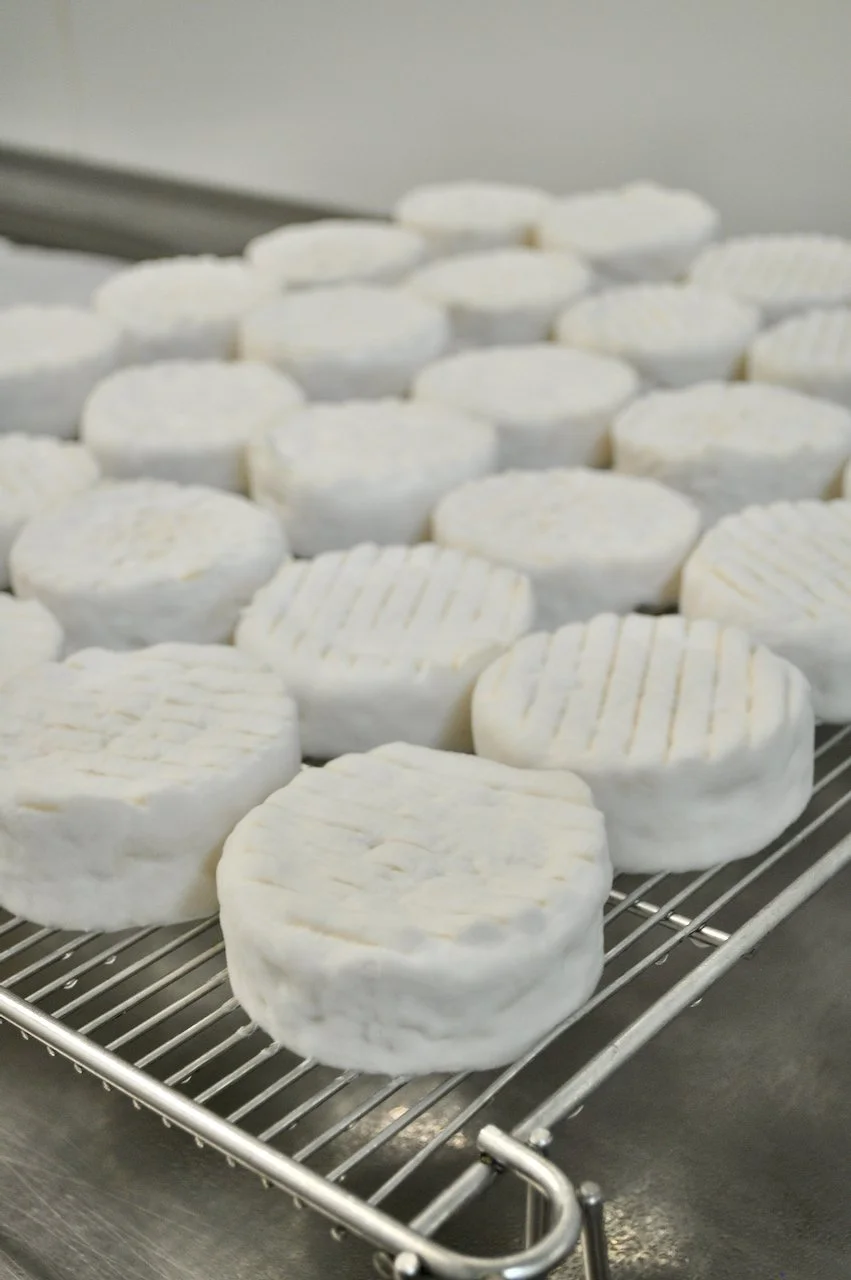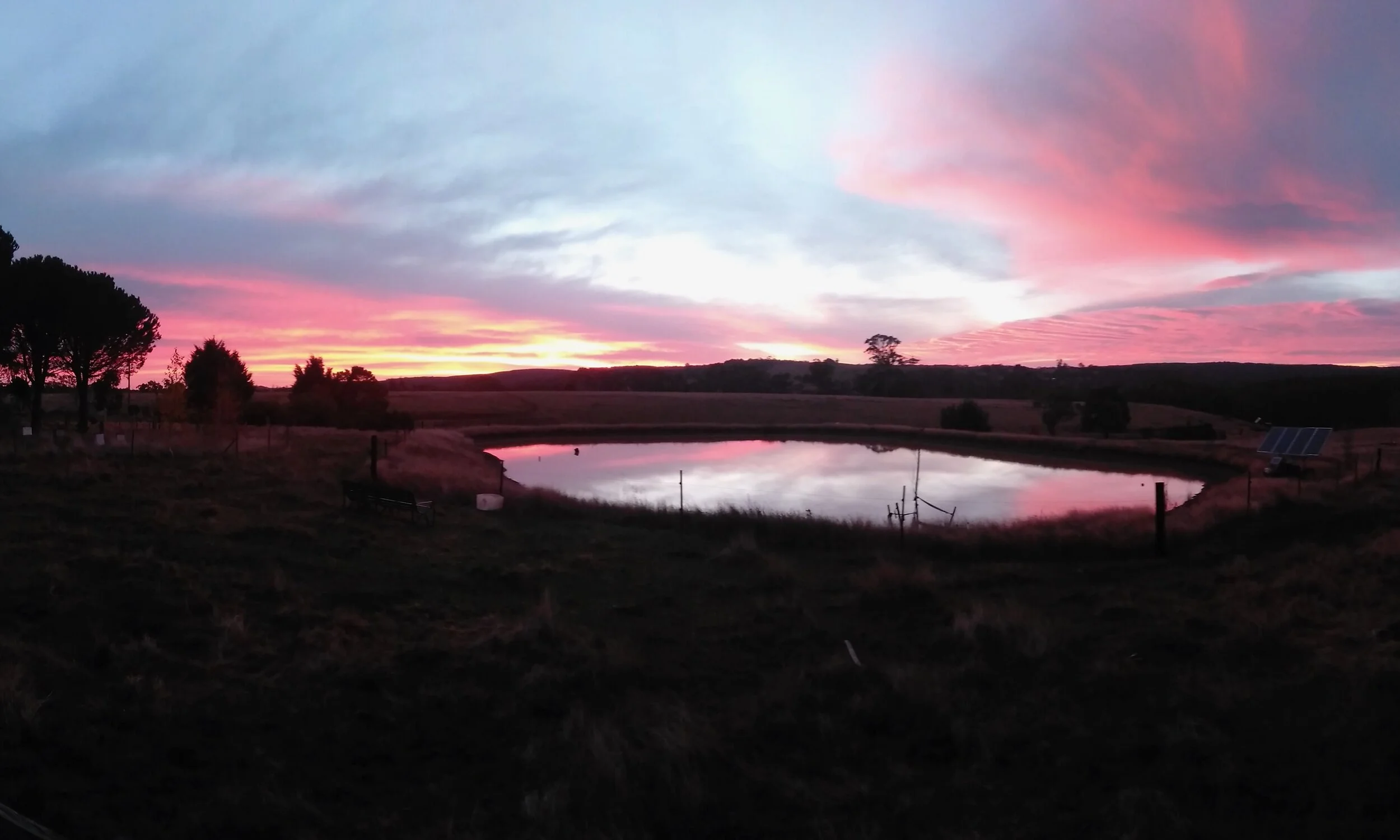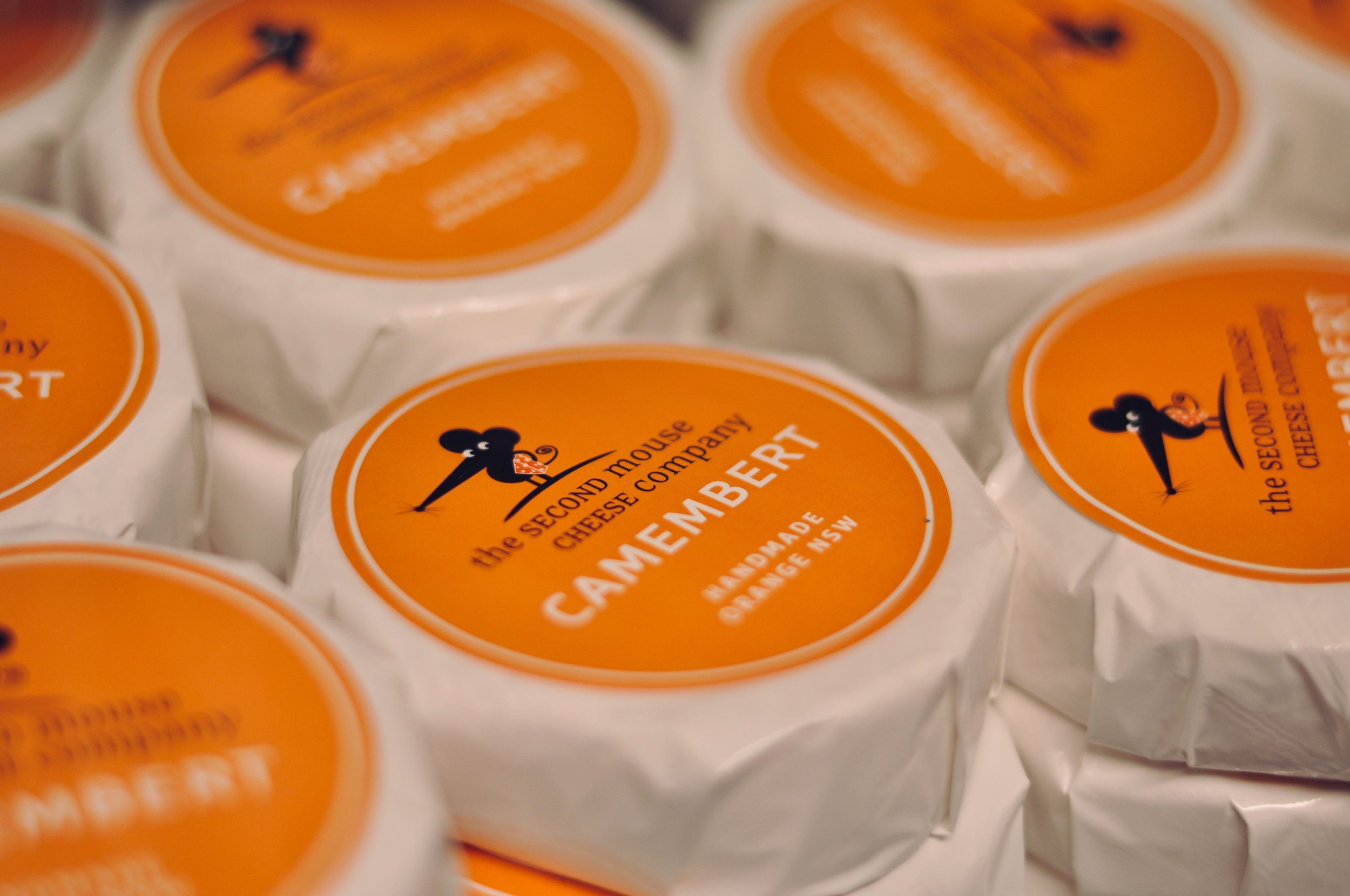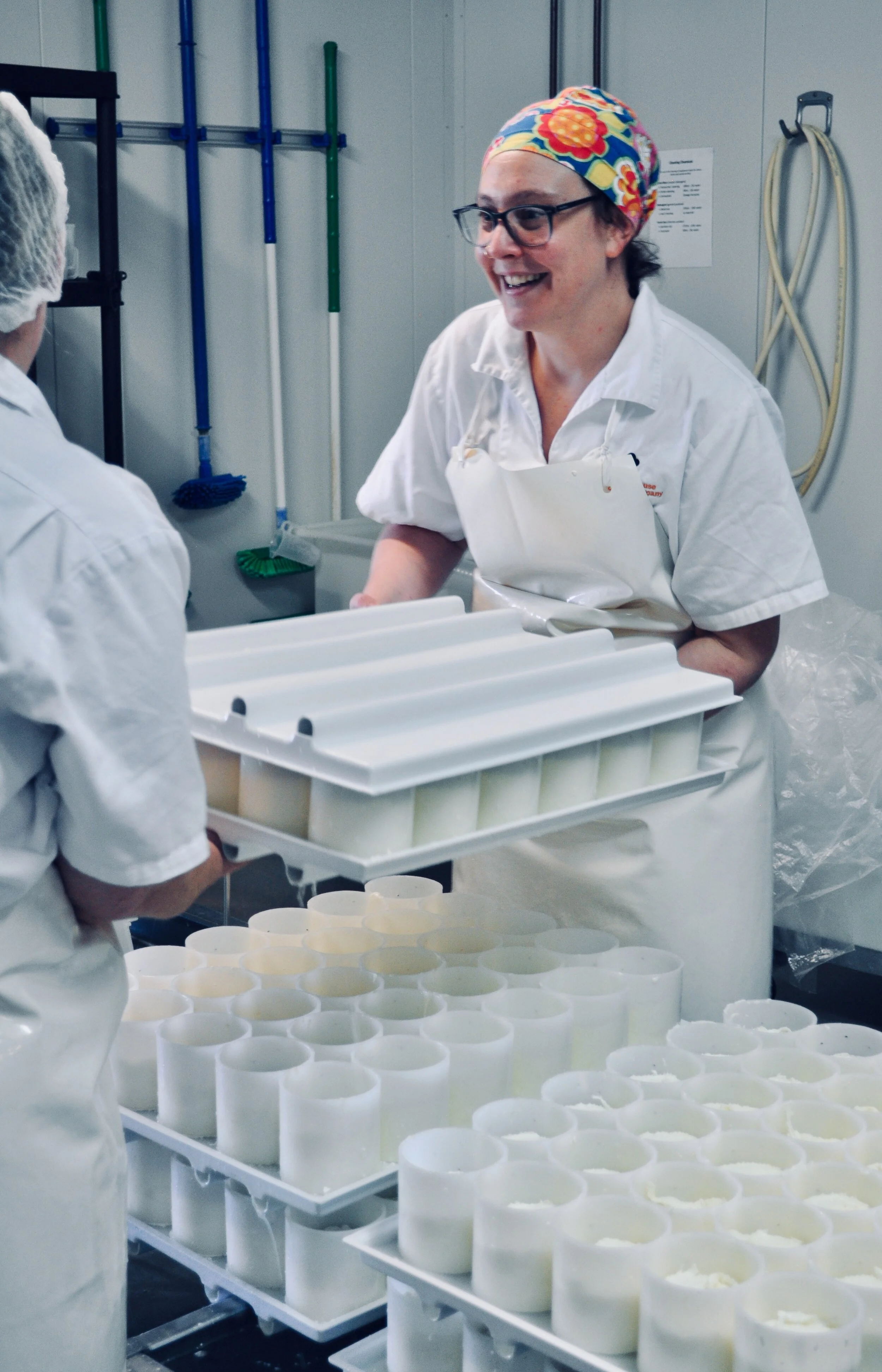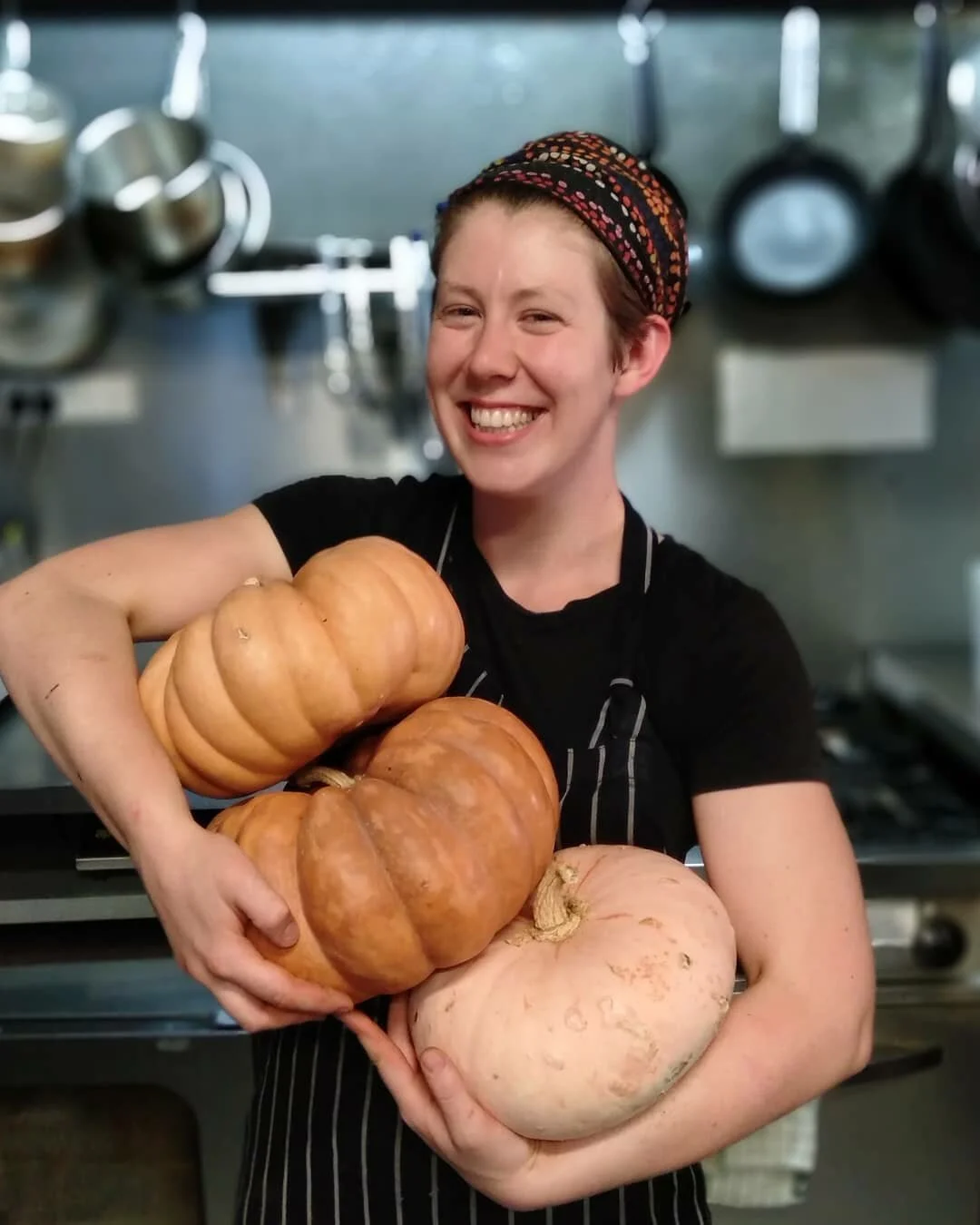The cut curds will sink and separate from the whey and you can drain off the majority of the liquid, using a good old fashioned cut-hose siphon method. This is a handy thing to know in case you’d ever like to steal some petrol.
All in Chef's Gap Year
Chef's Gap Year: A Cheesy Morning
During my time in the factory I came to the conclusion that good cheesemakers require several key attributes: cleanliness, punctuality, and accuracy.
Second Mouse Cheese
Cheesemaking was traditionally the domain of peasant women, which was part of the reason I was so interested in including it in my chefs gap year. A culinary art form with a feminine history, now mostly industrialised but being reclaimed as a craft by modern female producers? Well that ticks a LOT of boxes.
Chef's Gap Year
For a long time I’ve been interested in learning the ‘before’ part of hospitality. What happened BEFORE the fruit and veg delivery arrives at the back door of the restaurant.? How was this cheese made? Who made it? What was the life of this pig like before it became one half of the iconic B&E duo?
